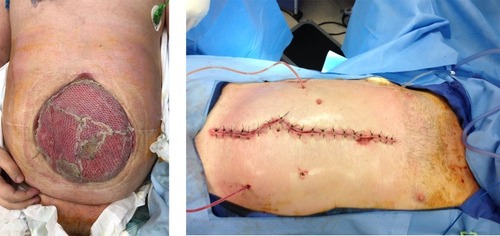Figures & data
Table 1 Definitions
Figure 1 Estimated prevalence and mortality of different grades of IAH and of ACS. Note: Data from Iyer et al,Citation13 Murphy et al,Citation14 and Reintam Blaser et al.Citation15
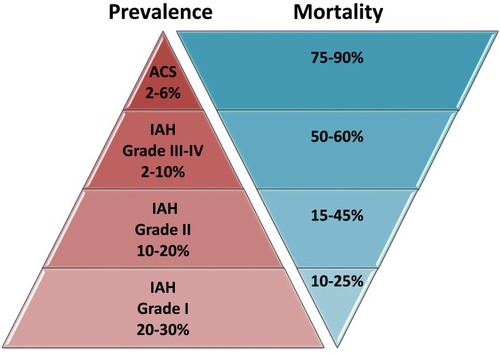
Figure 2 Nonsurgical management of IAH and ACS.
Abbreviations: IAP, intra-abdominal pressure; IAH, intra-abdominal hypertension; ACS, abdominal compartment syndrome.
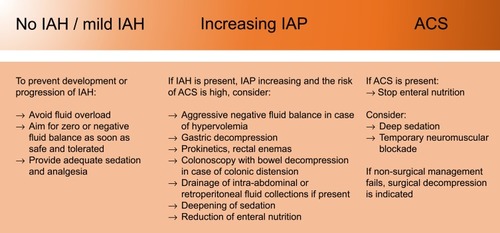
Table 2 Indications And Complications For Open Abdomen
Figure 3 A clinical image of a patient with aortic injury subjected to damage control laparotomy with temporary abdominal closure using negative pressure wound therapy (NPWT).
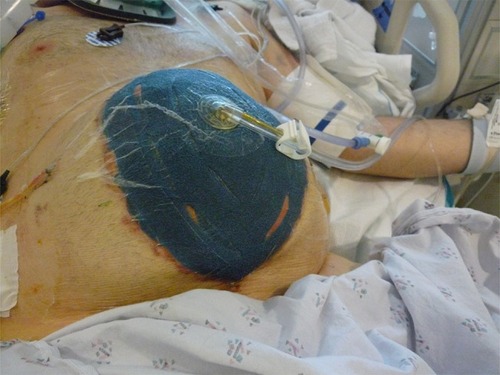
Figure 4 A clinical image of a patient with peritonitis and abdominal compartment syndrome subjected to fascial closure with negative pressure wound dressing and the ABRA system (Dynamic tissue systems, Barrie, Ontario, Canada).
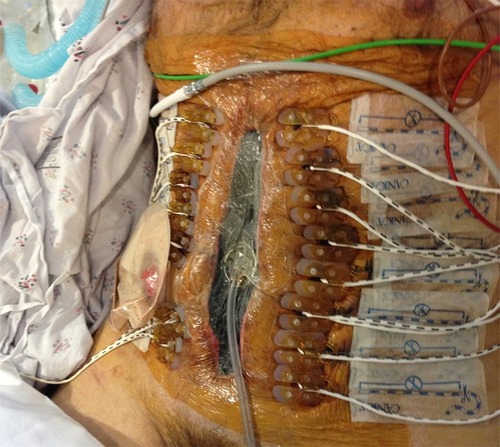
Figure 5 Clinical images of a patient subjected to split-thickness skin graft as a temporary abdominal closure after achieving successful treatment of enteroatmospheric fistulas, and to definitive fascial closure after 3 months.
